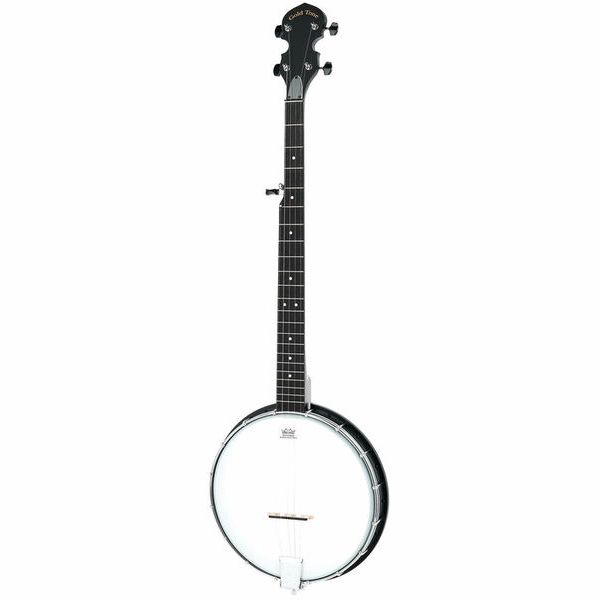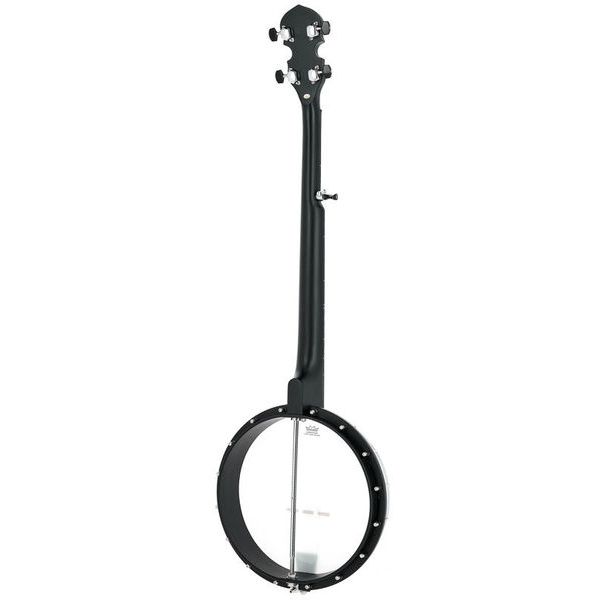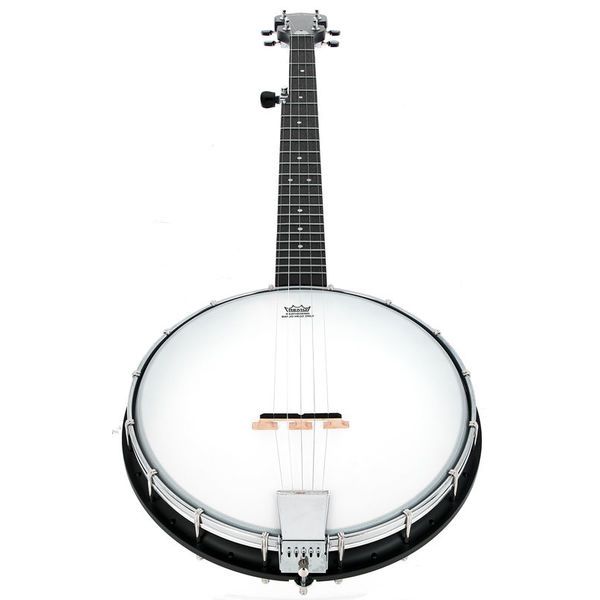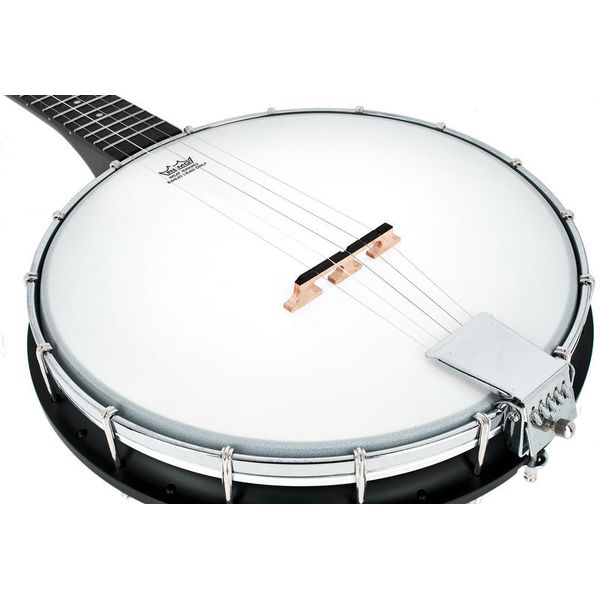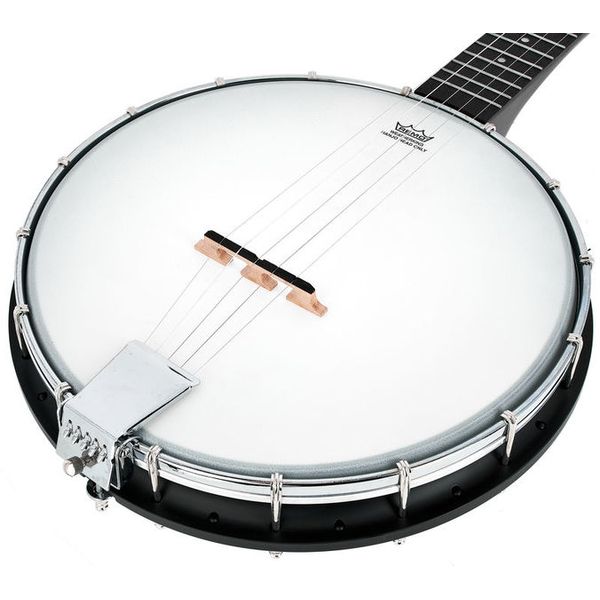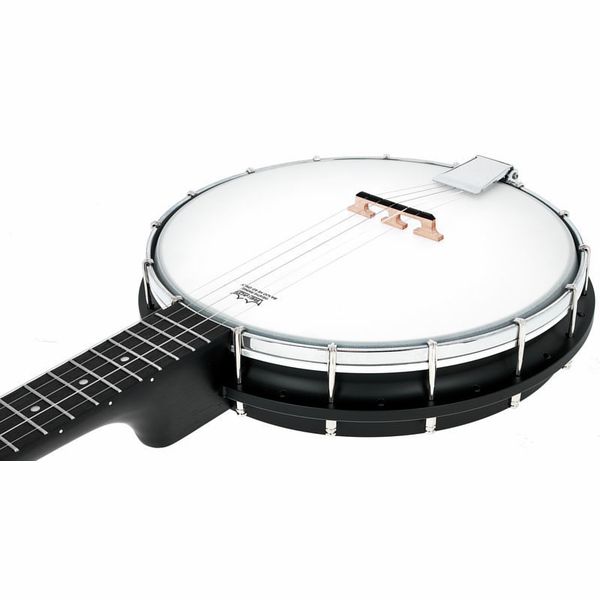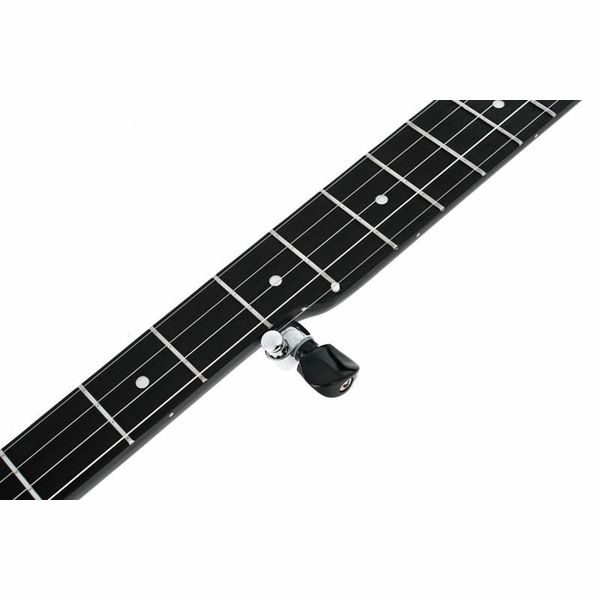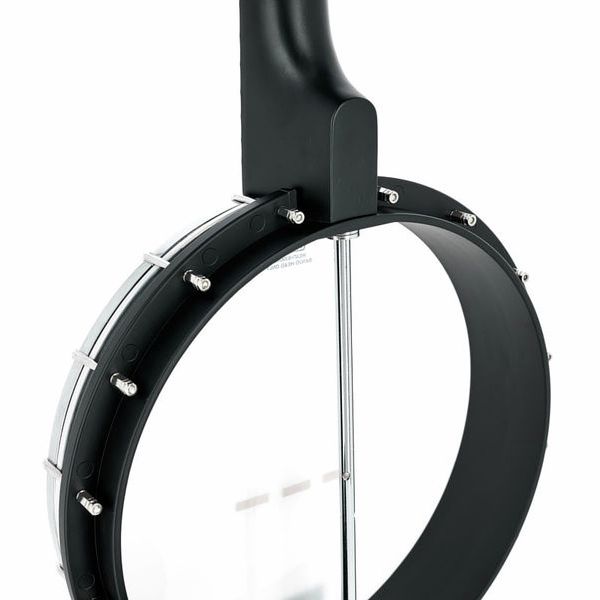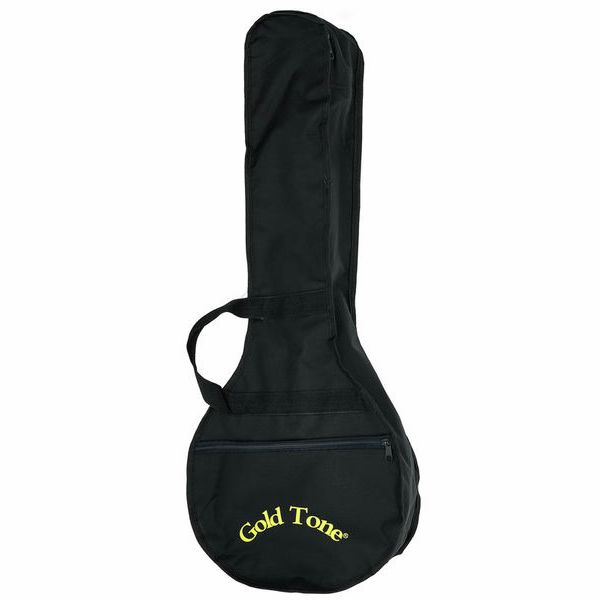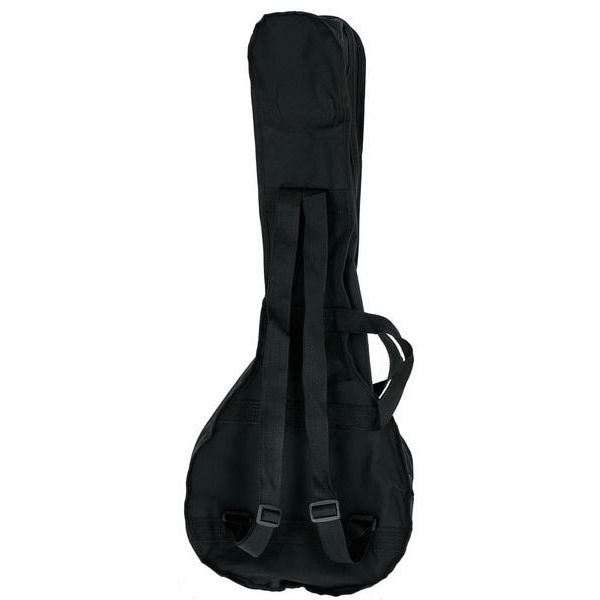As an aspiring banjo player, I did my research, and I have found this is the cheapest banjo that still comes as recommended by veteran players.
As advertised, Gold Tone does not skimp on quality control and only ships instruments that are ready to be played. Having received it, I examined it in accordance with online tutorials. Every part of the instrument, from the head tension, to action, to bridge placement, was adjusted correctly, ensuring I did not have to learn to set up a banjo the first moment I held it in my hands (and there's a lot to learn about banjo setup!). All I had to do is tune it.
Learning to play it is a pleasure, as it rings bright and clear, and stays in tune for a long time. It is pretty loud, despite the open back. A resonator can be bought from Gold Tone to attach to it, making it even louder.
Generally, it is well made both at first glance and on second deeper look. There's no bump, no irregularity, no crack, no notch to be found, and all the materials seem to be of high quality.
The matte black finish on the ebony neck and the composite rim is beautiful, like an old piano, and seamless - nobody will tell the difference. The fretboard is also visually appealing.
Now, the downsides.
The finish is unfortunately very delicate. I have scratched it with my fingernails, by just accidentally lightly bumping the headstock against the wall, and when I attempted to attach a clip-on strap. This doesn't have to be a downside if you just treat it as the instrument gaining character, but I felt it should be mentioned.
The pot is basically weightless compared to the neck, which makes it difficult if not impossible to play without a strap. Otherwise, you will be supporting the weight of the neck with your left hand, which makes fretting very hard.
Fortunately, a good strap fixes that problem easily, and there's plenty of information online on how to properly attach it. I recommend using a strap which you tie onto the banjo (you can do this with any guitar strap and some sturdy cord) rather than one with clips, which can damage the finish, vibrate and make a sound, or snap and break at the worst moment.
The gig bag is... there. It's paper thin, and by the time you'll be thinking of going to actual gigs, you'll be wanting to upgrade. It's still useful - I keep the banjo inside it to prevent gathering dust or accidental damage.
The lack of an arm rest definitely contributes to it being so inexpensive, but after an hour of playing you'll be looking at a dent in your forearm. A soft fabric wristband fixes this problem, alternatively, arm rests can be bought from Gold Tone.
Overall: I love it. I'm enjoying every day playing it and getting better. The downsides are minor and easily overcome with a little independent thinking, which banjo will require of you either way. I highly recommend it to anyone looking to start out on their banjo journey smoothly and without having to deal with hit-or-miss hardware and fixing factory mistakes yourself.


